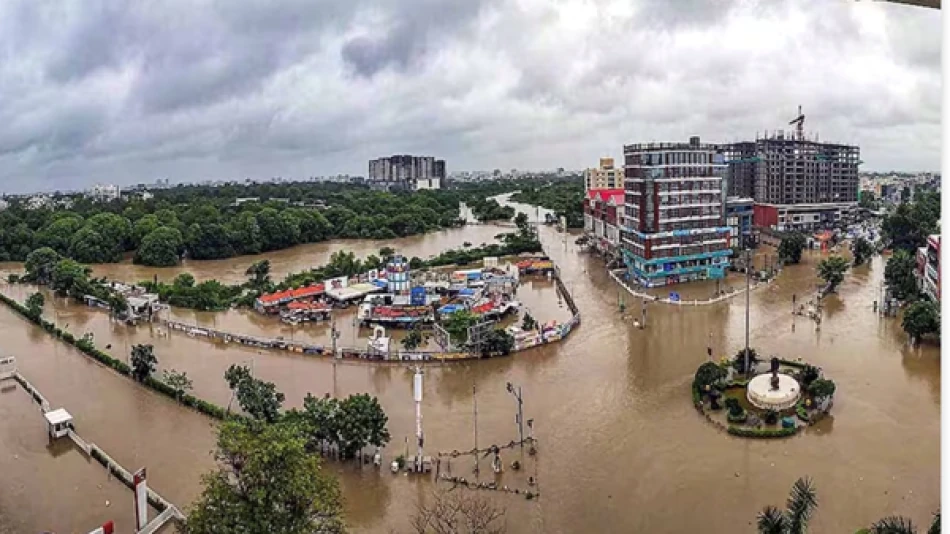
Deadly Floods Devastate Northern India, Leaving Casualties and Missing Persons
Himalayan Flash Floods Claim Lives as India Faces Growing Climate Vulnerability
At least four people died Tuesday when sudden flash floods devastated a mountain valley in northern India's Himalayan region, with officials warning the death toll could rise as rescue operations continue. The disaster highlights India's increasing exposure to extreme weather events that are becoming more frequent and severe across the subcontinent's fragile mountain ecosystems.
Massive Mudslide Triggers Emergency Response
The catastrophe struck the Dharali area in Uttarakhand state, where what the Indian Army described as a "massive mudslide" triggered sudden torrents of silt and water that swept through the mountainous terrain. State Chief Minister Pushkar Singh Dhami ordered rescue teams deployed at "full mobilization," signaling the scale of the emergency response required.
Senior local official Prashant Arya confirmed the initial death toll of four, though authorities cautioned that casualties could increase as search and rescue operations expand across the affected area. The Indian Meteorological Department issued its highest-level red alert for the region after recording extremely heavy rainfall of approximately 21 centimeters in isolated parts of Uttarakhand.
Pattern of Increasing Himalayan Disasters
This latest tragedy fits a troubling pattern of extreme weather events plaguing India's Himalayan states. Uttarakhand, known as the "Land of Gods" for its numerous Hindu pilgrimage sites, has experienced repeated natural disasters in recent years, including the devastating 2013 floods that killed thousands and the 2021 glacier burst that destroyed hydroelectric projects.
The region's vulnerability stems from a combination of factors: rapid urbanization in ecologically sensitive areas, deforestation, and climate change effects that are intensifying monsoon patterns. Scientists have repeatedly warned that the Himalayas are warming faster than the global average, destabilizing weather systems across the mountain range.
Economic and Infrastructure Implications
Beyond the immediate human tragedy, such disasters carry significant economic consequences for India's mountain states. Uttarakhand's economy relies heavily on tourism, hydroelectric power generation, and agriculture—all sectors highly vulnerable to extreme weather events. The state hosts millions of pilgrims annually, and infrastructure damage from floods often disrupts these economically vital activities for months.
Prime Minister Narendra Modi's expression of condolences and promise of assistance reflects the central government's recognition that climate adaptation has become a critical governance challenge. India has committed to ambitious climate goals, but events like Tuesday's floods underscore the urgent need for improved early warning systems and disaster-resilient infrastructure in vulnerable regions.
Broader Climate Resilience Challenge
The Dharali disaster occurs as India grapples with increasingly unpredictable weather patterns nationwide. While the country has made significant strides in disaster preparedness—dramatically reducing cyclone casualties through better forecasting and evacuation procedures—mountain flash floods remain particularly challenging to predict and manage.
The frequency of such events suggests that India's Himalayan states may need to fundamentally reconsider development patterns and emergency response capabilities. As climate change continues to intensify extreme weather across South Asia, the cost of inadequate preparation—measured in both lives and economic disruption—will likely continue mounting.
Most Viewed News

 Layla Al Mansoori
Layla Al Mansoori






